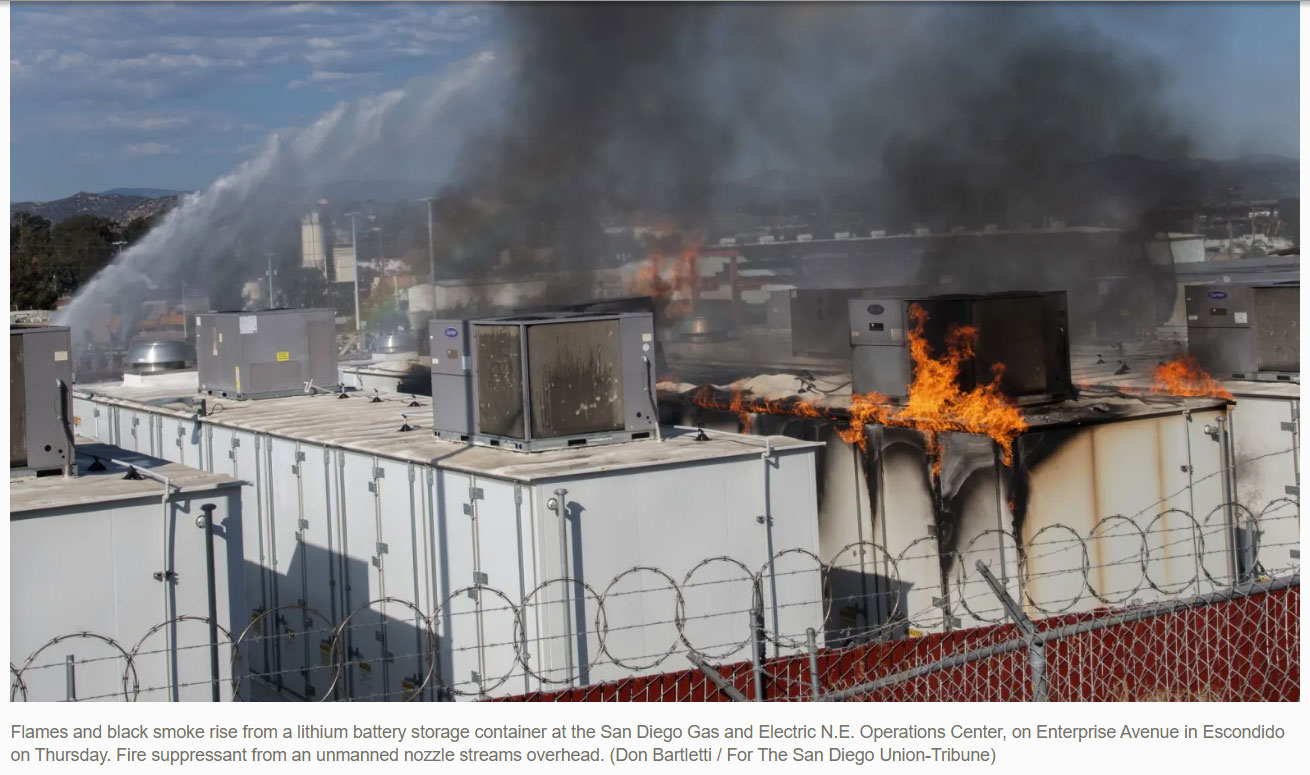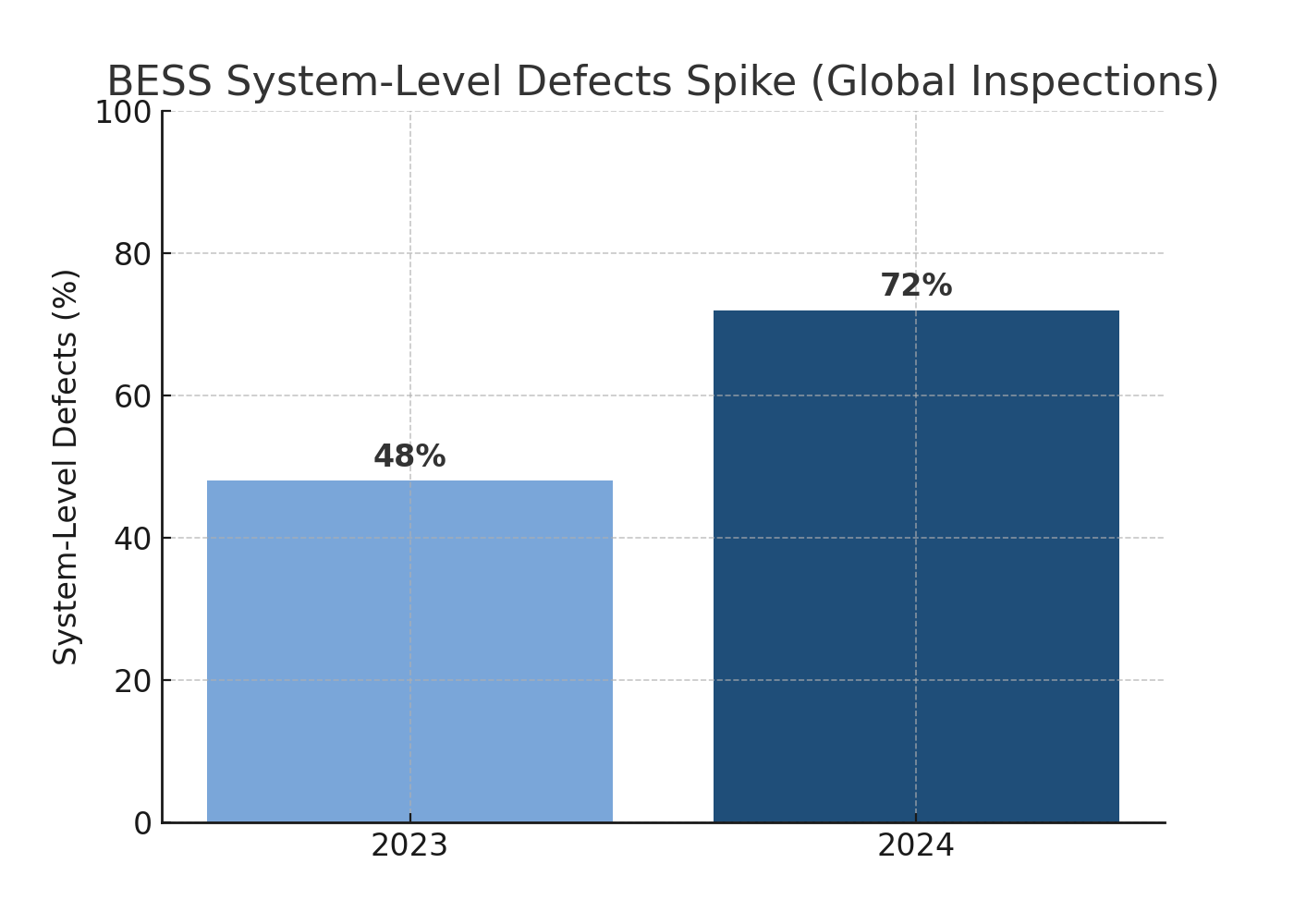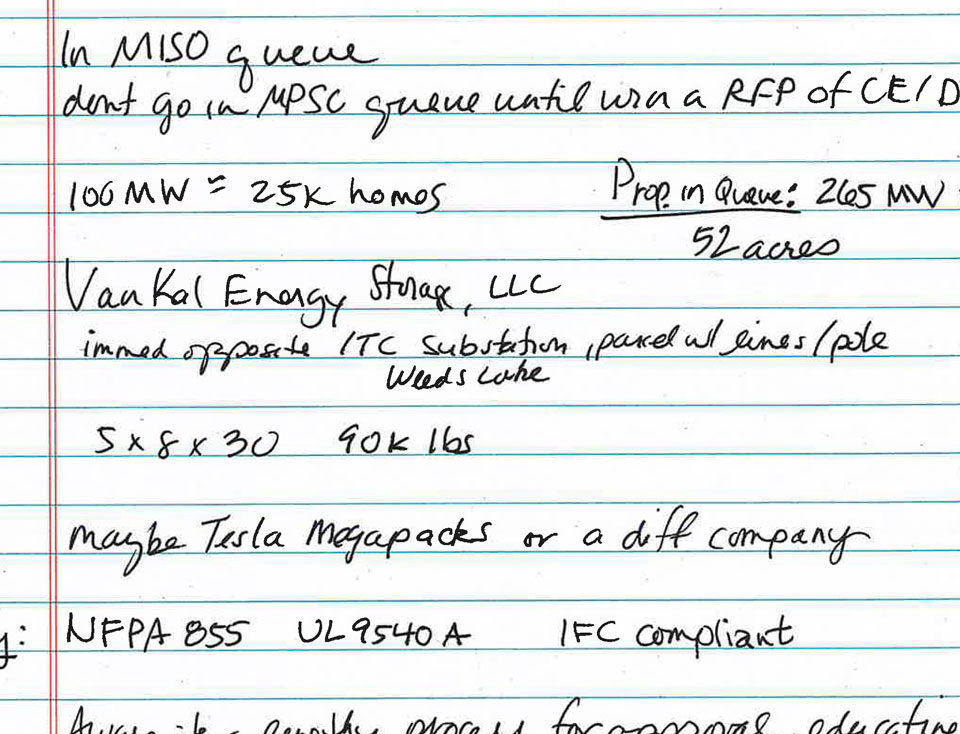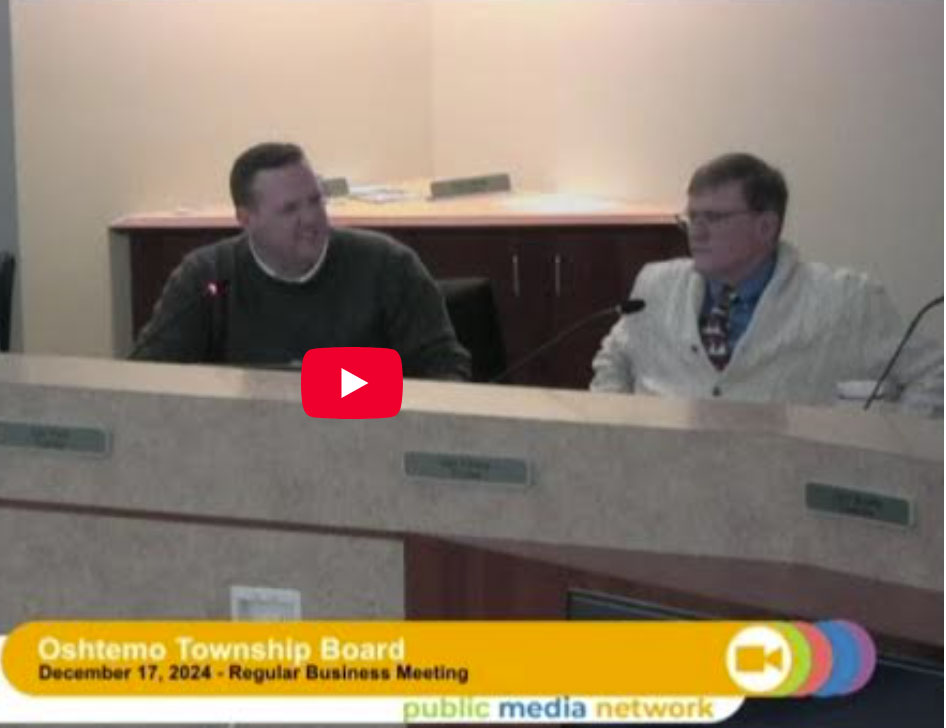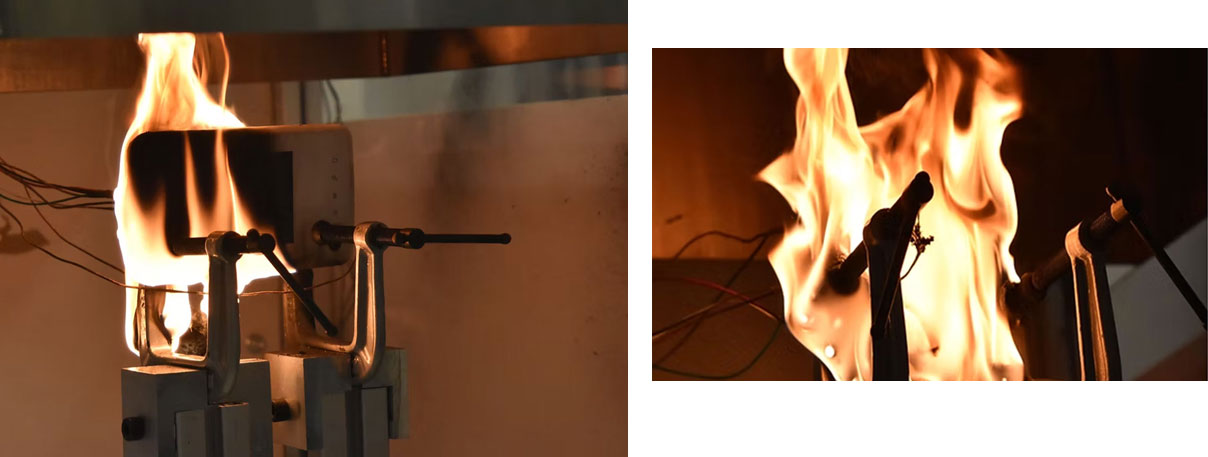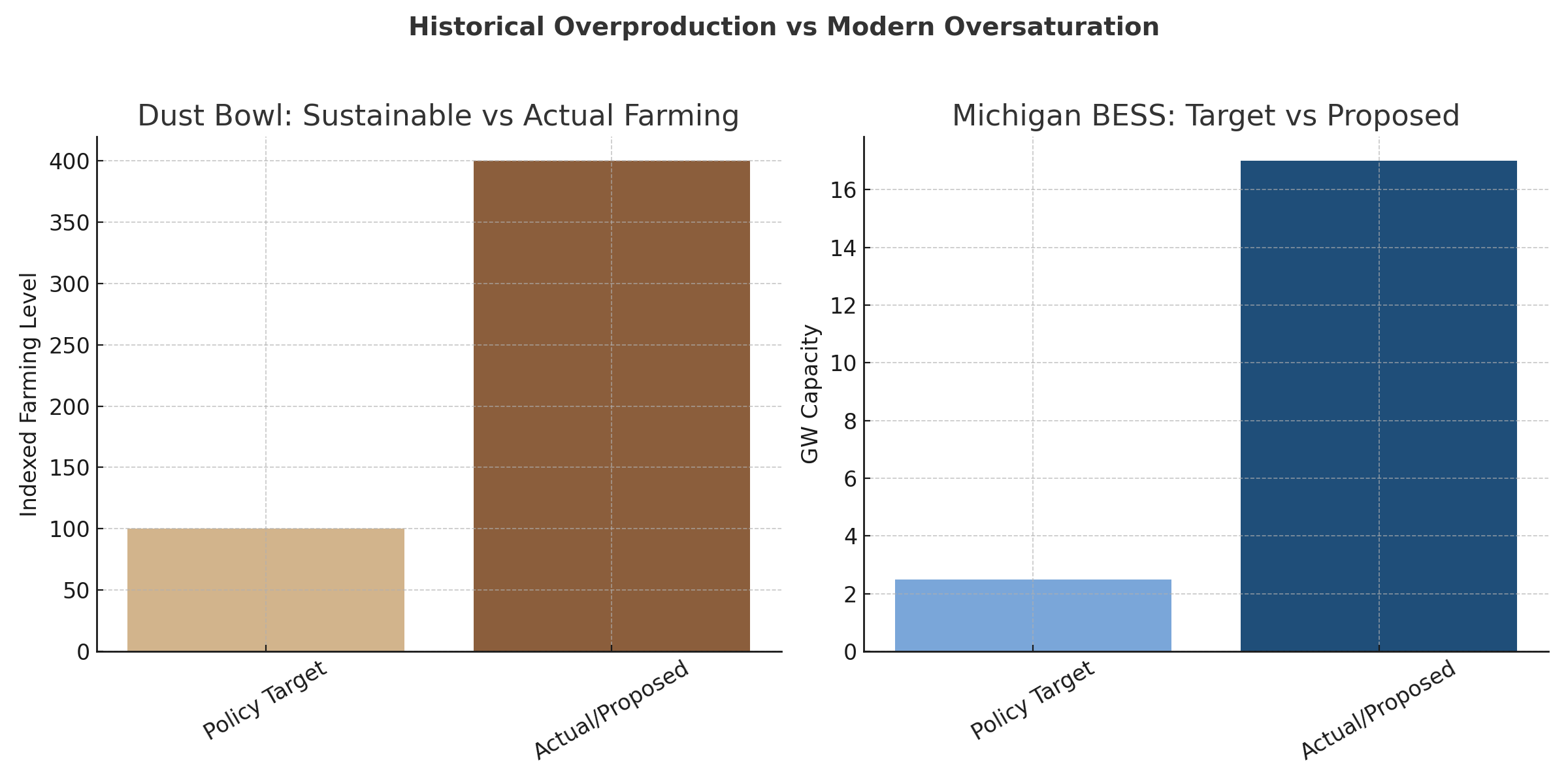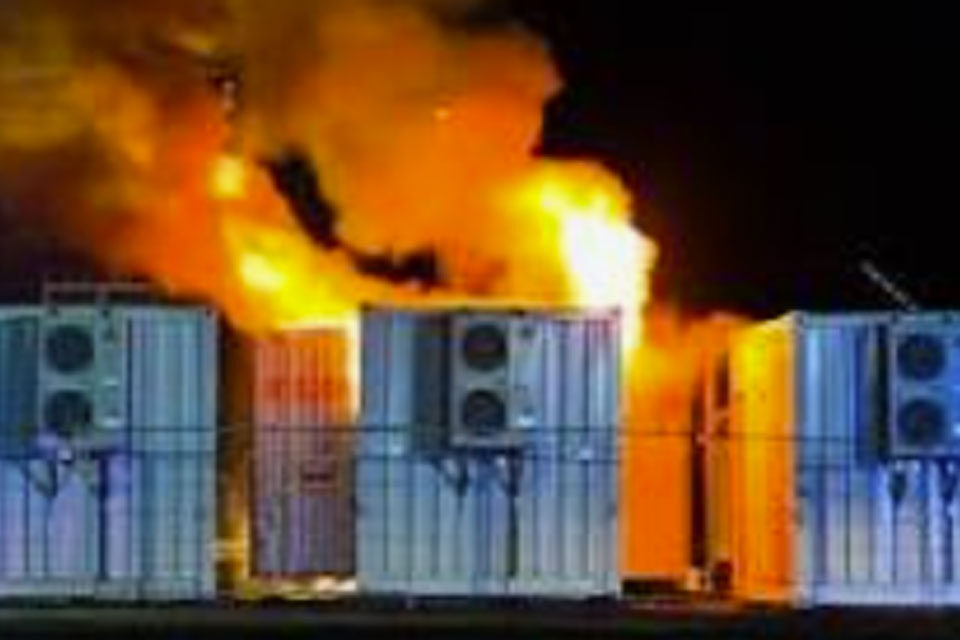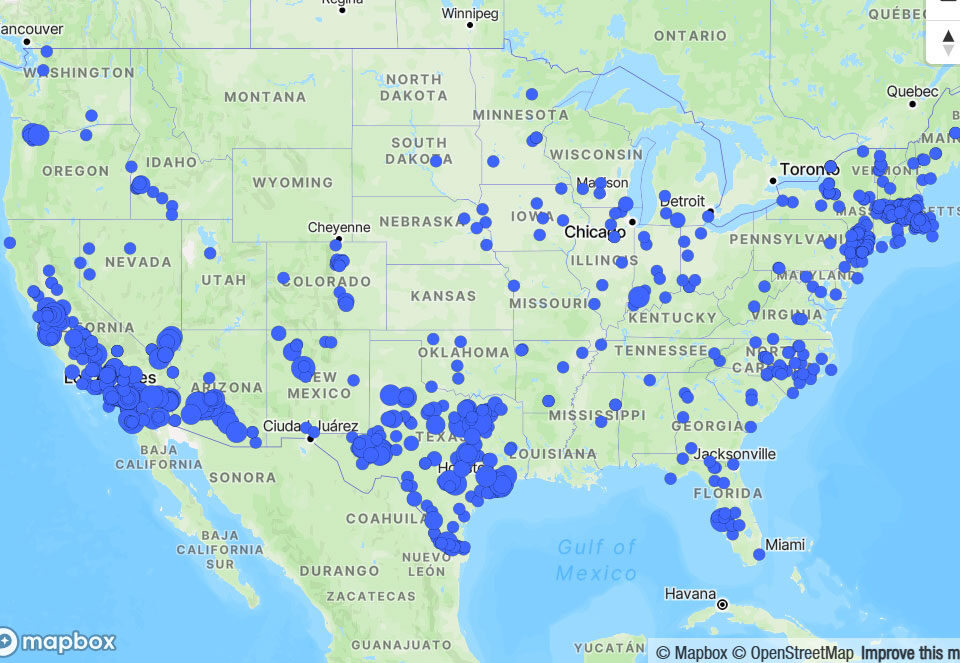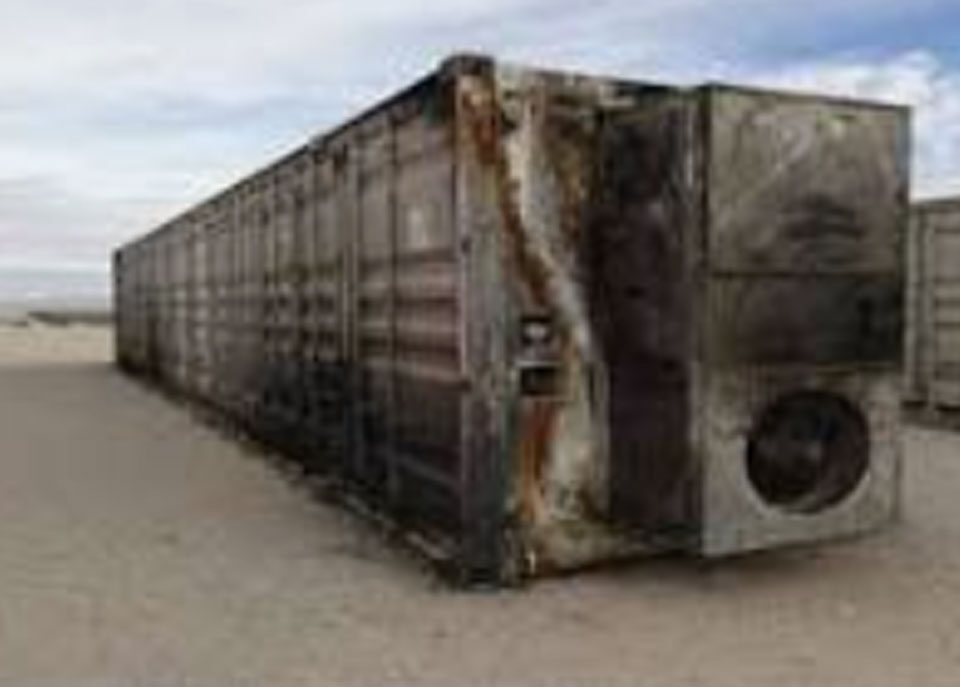The McMicken Explosion: A Turning Point
In April 2019, the McMicken Battery Energy Storage System (BESS) in Surprise, Arizona, suffered a catastrophic failure. A single defect inside a lithium-ion cell triggered cascading thermal runaway, where heat from one cell spread to adjacent ones.
The result:
- An explosion and fire that injured four firefighters
- Health issues and lung damage from toxic gases
- A clear warning that lithium-ion BESS facilities are not ordinary energy projects — they are high-risk hazards
- This disaster forced national attention onto BESS safety.
FEMA Steps In
After McMicken, the Federal Emergency Management Agency (FEMA) funded in-depth research to better understand the hazards of lithium-ion batteries used in utility-scale storage. The University of Texas at Austin was awarded the grant to conduct thermal instability testing.
The findings confirmed that:
- Thermal runaway is real — once a cell fails, heat spreads uncontrollably.
- Traditional fire suppression doesn’t work. Lithium-ion batteries generate their own oxygen and can reignite even after dousing.
- Toxic gases such as hydrogen fluoride are released in dangerous concentrations.
- Small test packs show instability — scaled up to acres of semi-trailer-sized units, the risks multiply exponentially.
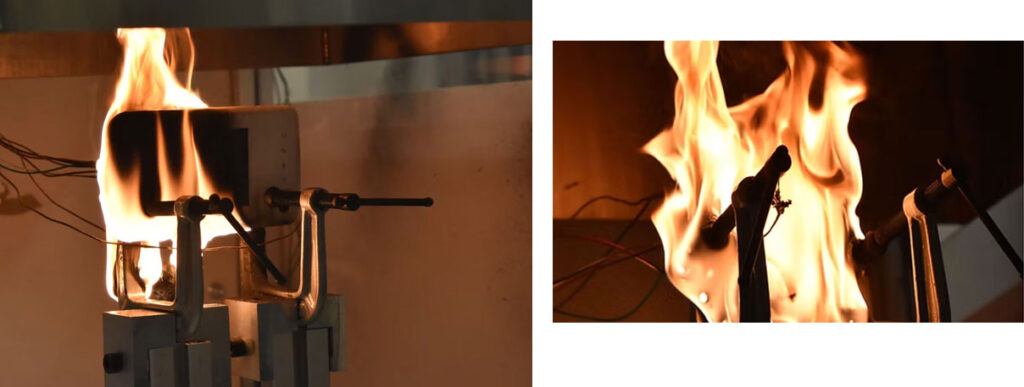 The Magnitude of the Risk
The Magnitude of the Risk
The pictures from UT Austin’s FEMA-backed testing show what happens when a small pack of cells goes unstable. Now imagine those same packs filling acres of truck-sized containers near neighborhoods and schools.
That is the magnitude of risk facing communities like Oshtemo.
Why This Matters for Michigan
- Developers downplay risks: Some, like NewEdge Power on August 14, 2025, even claim “units put themselves out” and the remote employees will “monitor and shut down an unstable battery”. FEMA’s research proves the opposite.
- Residents carry the danger: With state rules allowing projects just 300 feet from homes, families could face explosions, long evacuations, and toxic exposure.
- Lessons ignored: McMicken was a wake-up call. But instead of slowing down, Michigan now has 17 GW of BESS proposed — nearly 700% above state energy goals.
FEMA Study: https://www.fema.gov/fr/case-study/emerging-hazards-battery-energy-storage-system-fires
Grant Findings: www.UTFireResearch.com
Examining Fire Hazards: Lithium-Ion Batteries and Other Threats to Fire Safety Federal Emergency Management Agency: https://homeland.house.gov/wp-content/uploads/2024/02/2024-02-15-EMT-HRG-Testimony.pdf
Take Charge of Battery Safety: https://fsri.org/program-update/fsri-shares-key-take-charge-messaging-2025-fire-prevention-week
FEMA – US Fire Administration: https://www.usfa.fema.gov/a-z/lithium-ion-batteries/

